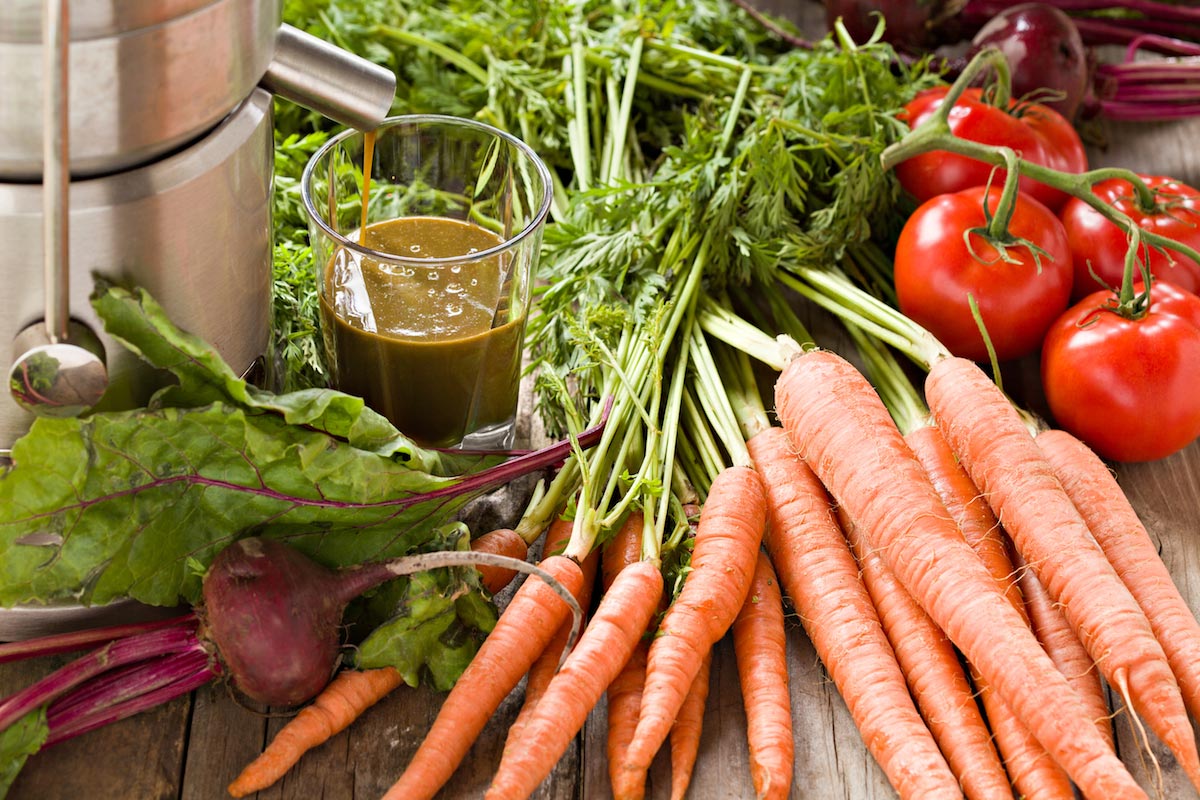Is vitamin C the key to fighting pneumonia?
02/10/2019 / By Tracey Watson

Pneumonia, an infection of the lungs caused by either a virus or bacteria, is the leading cause of death from infection in the U.S. It is most common in those with vulnerable immune systems, including pregnant women, the elderly and children under the age of two. The manner in which it is treated depends largely on whether it is viral or bacterial; viral pneumonia is treated with an antiviral, while patients with bacterial pneumonia are usually prescribed antibiotics. Pneumonia can also be treated and prevented naturally, however. Vitamin C is a powerful weapon against pneumonia, without the side effects and complications of antivirals and antibiotics.
We all know that vitamin C boosts immune function, and at some point in our lives have probably taken a cold or flu medication fortified with high doses of this well-known vitamin. What many don’t realize, however, is that vitamin C is so much more powerful than that. Studies conducted over the past 80 years have confirmed that vitamin C is a powerful weapon against many viral infections.
A study published in the Cochrane Library conducted a meta-analysis of trials which examined the ability of vitamin C to both prevent and treat pneumonia. The scientists note that the “overall quality of the studies was good,” and add, “Five of the identified trials found preventive or therapeutic benefits of vitamin C against pneumonia.”
The organization Orthomolecular, recounts the anecdotal evidence of one man who turned at death’s door after his pneumonia was treated with high doses of vitamin C.
Alan Smith was at the point of dying from viral pneumonia but steadfastly refusing hospital treatment, when Dr. Frederick Klenner first met him. Dr. Klenner made a house call and injected Smith with 5 grams (5,000 mg) of vitamin C. When Klenner called on him again later that day, he found that Smith’s temperature had fallen by 3 degrees, and he was able to sit up and eat. Seeing improvement, Dr. Klenner gave him another 5-gram vitamin C shot and continued doing so four times a day for the next three days. The result? Dr. Klenner himself said simply, “And he was well.”
Dr. Bo H. Jonsson, M.D., Ph.D., writing for Orthomolecular, stresses that vitamin C is safe and “functions positively” in the treatment of pneumonia and many other illnesses. Since it is so safe, it is advisable to start administering high doses of vitamin C either orally, via liposome or intravenously, as early as possible, even if a diagnosis of pneumonia is not yet certain. The vitamin C will strengthen the immune system and fight off whatever illness the body is dealing with, without side effects.
There is another amazing benefit to vitamin C consumption that is also worth mentioning. Heart disease is the leading cause of death across the globe, but a groundbreaking study by scientists from the University of Copenhagen and Herlev and Gentofte Hospital found that it is no match for vitamin C. Their study, published in the American Journal of Clinical Nutrition, found that when they studied the nutritional data of around 100,000 Danish citizens, those with the highest fruit and vegetable intake had a 15 to 20 percent lower risk of developing heart disease than those who only rarely ate fruit and veggies. The reason?
“[T]he reduced risk is related to high vitamin C concentrations in the blood from the fruit and vegetables,” explained Camilla Kobylecki, a medical doctor and Ph.D. student involved in the study.
To reap the benefits of eating fruit and veggies high in vitamin C like yellow bell peppers, guavas, dark green leafy vegetables, kiwifruits, broccoli and berries. It is important to choose non-GMO, organic produce. After all, you don’t want to increase your pesticide consumption along with your vitamin C intake.
Discover more amazing benefits of vitamin C and other antioxidants at Antioxidants.news.
Sources include:
Submit a correction >>
Tagged Under:
Cures, infections, natural medicine, natural remedies, nutrients, outbreak, Pneumonia, prevention, remedies, research, supplements, vitamin C, vitamins
This article may contain statements that reflect the opinion of the author
RECENT NEWS & ARTICLES
COPYRIGHT © 2017 NUTRIENTS NEWS





















